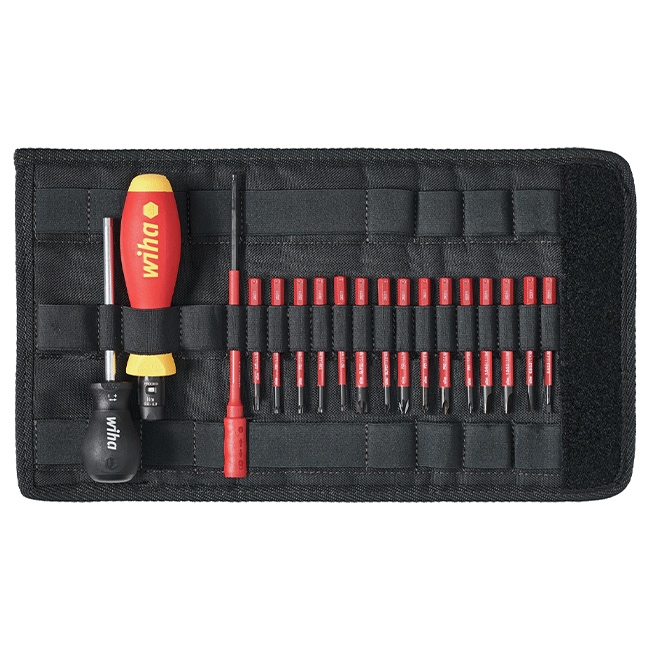When you use a regular screwdriver, you can’t detect the amount of force you are applying to a screw. This means that when you have finished it could fall out of a hole or mounting, or lead to loose components or poor connectivity, because you haven’t applied enough force. Alternatively, you could apply too much force, which could damage the screw, the hole and the entire assembly of what you are fastening. Even if this doesn’t cause the installation to fail immediately, it could fail at a later stage under the additional stress that you have applied. This is most commonly a problem for electrician’s when installing consumer units or distribution boards, if you under or over-tighten the screw terminals, this can damage the unit and cause it to fail.
How is this avoided?
This problem faced by electrical installers is avoided in two ways, firstly by using a torque screwdriver and secondly by complying to the recommendations stipulated in the BS7671 - 18th Edition IET wiring regulations.
Torque is defined as the force required to cause an object to rotate, in this case a screwdriver rotating a screw, bolt or nut to secure it in place. Torque is measured in Newton metres (Nm) in the UK. So, a torque screwdriver is able to detect and limit the amount of force (torque) applied to a screw or fastener so that you don’t under or over-tighten it. Furthermore, this action is consistent and repeatable so you eliminate the risk of incorrect torque being applied and have complete control over the screwdriver’s action.
In addition to using a torque screwdriver, an electrician would work in compliance with the BS7671 -18th Edition IET wiring regulations. This includes a regulation (134.1.1) which dictates that electrical equipment is installed in accordance with manufacturer instructions. The screw terminals for many components will be supplied with a manufacturer’s specification for torque values, and hence the professional installer should set their torque screwdriver to the applicable setting and apply that amount of torque in Newton metres to the screw. This should ensure that the right connection is made and the component is not damaged.
How does a torque screwdriver work?
A torque screwdriver works by selecting and slotting in the correct ‘bit’ for the amount of torque that is required. Most torque screwdriver sets - such as the WH36791 supplied by Test Instrument Solutions – provide a range of bits which enable torque to be applied between 0.8 Nm to 5.0 Nm. Using the correct bit you would insert the screwdriver into the screw and apply torque as normal until you hear a click. This indicates that the correct torque has been achieved and you should then stop and remove the tool. There is no benefit to continuing and hearing several clicks.
The benefits of using a torque screwdriver
Using a torque screwdriver will:
- Ensure consistent torque is applied every time.
- Prevent loose connections and poor connectivity.
- Prevent damaged screws, components and assemblies.
- Prevent installations operating under stress which may lead to subsequent failure.
- Control the force that is applied in order to comply with BS7671 18th
- Improve efficiency – Where lots of screw terminals are being installed, over-tightening can lead to a greater physical effort being applied. A torque screwdriver regulates this and ensures only the correct amount is applied, meaning larger installations can be completed quicker.
- Prevent injury from components damaged under too much force.
Torque screwdrivers should be included in a calibration schedule which ensures that the tool is cleaned and maintained and is always reliable and accurate in applying the correct torque to a screw assembly or screw terminal. Test Instrument Solutions can carry out this calibration for you using our accredited calibration service, and can also provide a range of electrician's tools manufactured by WIHA, which include the torque screwdriver.